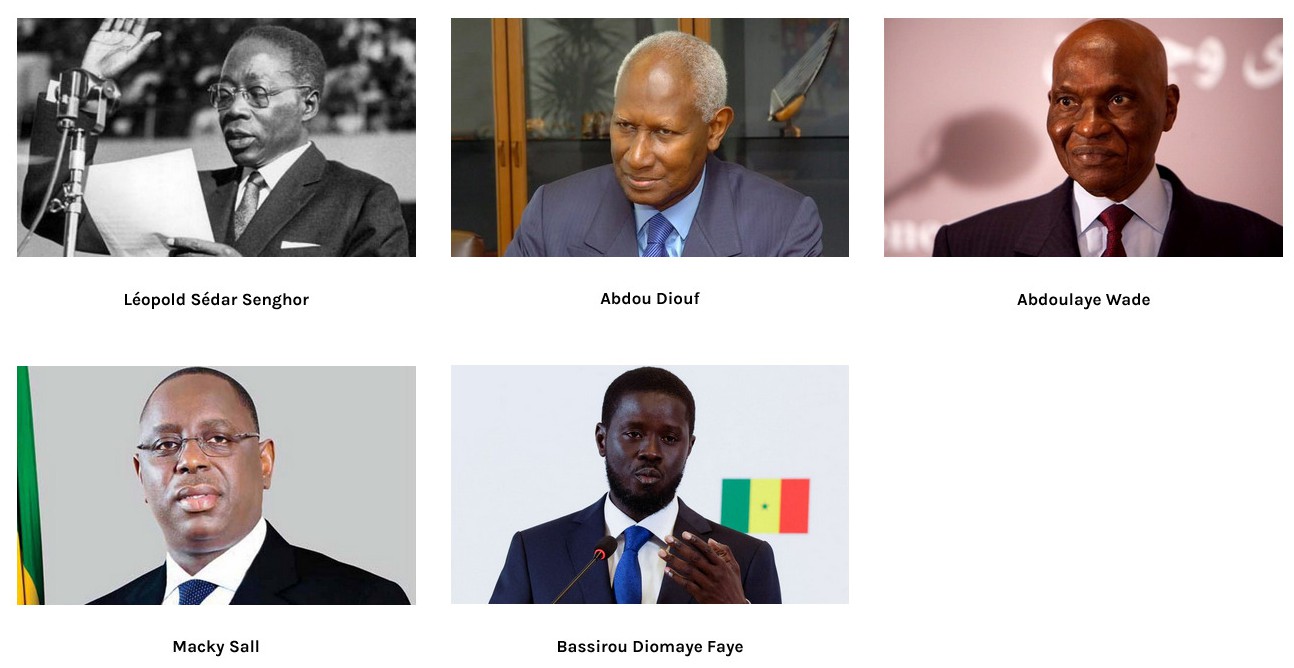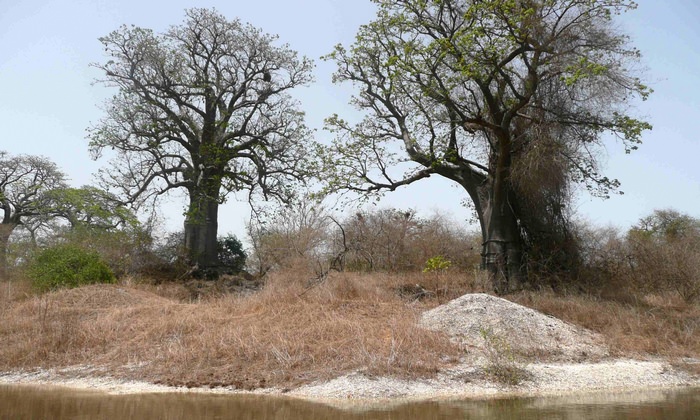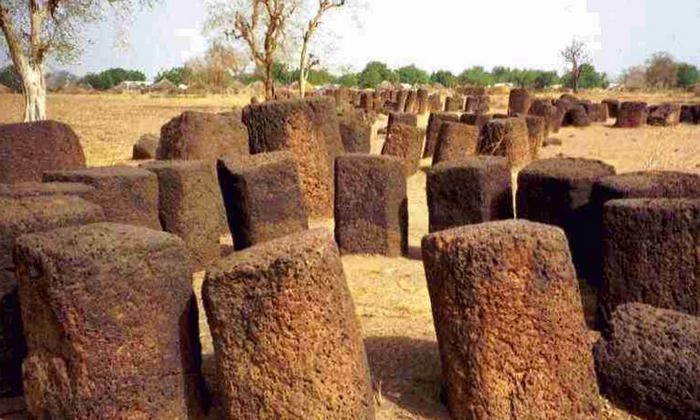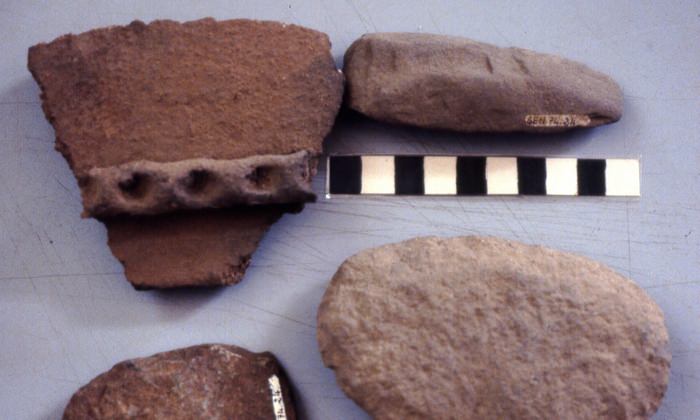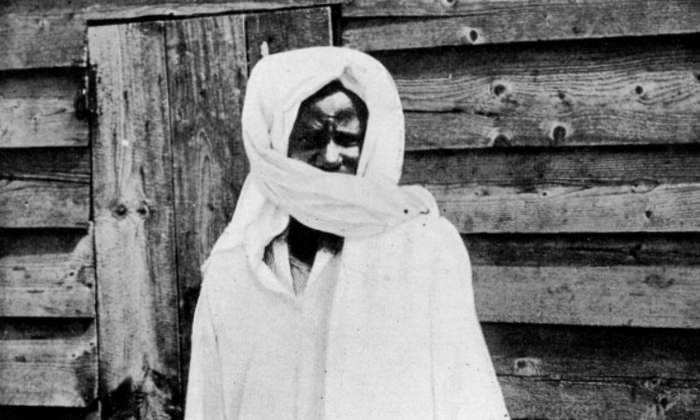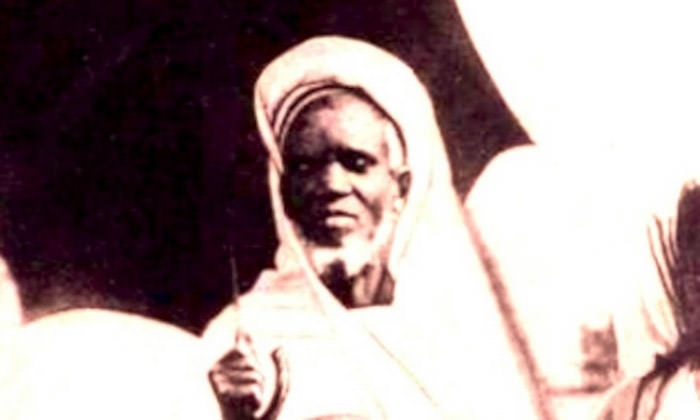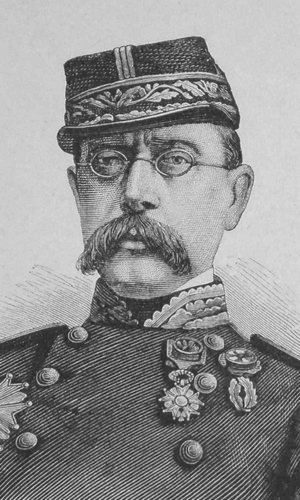History

History
Prehistory and protohistory are generally associated with the remarkable megalithic circles of Senegambia and artificial shell mounds (Fadiouth Island). The discovery of various objects attests to a human presence in present-day Senegal in prehistoric times:
Paleolithic carved bifaces found on the Cape Verde peninsula scrapers and axes unearthed near Rufisque and in Eastern Senegal
During the Neolithic period, a large population of fishermen and traders lived along the coast, as evidenced by the ceramics and elaborate tools found in the Khant marigot at the mouth of the Saloum.
Archaeological research has also uncovered human traces dating back to the 1st millennium BC, between the central region of the country and Gambia, in the form of tumulus tombs and megalithic circles. Metallurgy was also established at this time.
|
|
|
Human societies gradually developed and organized themselves, until the gradual emergence of the first kingdoms, which can be dated from the 7th century onwards.
The Toucouleur ethnic group was behind the creation of the Kingdom of Namandirou, otherwise known as the Kingdom of Tekrour, then the Kingdom of Djolof (affiliated to the Empire of Ghana), which was the largest and most influential territory in the 14th century, including Baol, Fouladou, Fouta-Toro, the Kingdom of Sine Saloum, Cayor, Waalo, the State of Kaabuet and Bambouk.
The Kingdom of Djolof was founded in the Senegal River region in the 13th century by Ndiadiane Ndiaye, then first bourba (“king”), and united the various populations related to the Wolof ethnic group. It later became the Kingdom of Oualo, coinciding with the death of its last emperor, Lélé Fouli Fak, in 1549.
The former Djolof was subsequently annexed to the Mali Empire, and later, in the 19th century, became the last territory (then reduced to the center of the country) to be colonized by the French, with the exile of its king, Alboury Ndiaye.
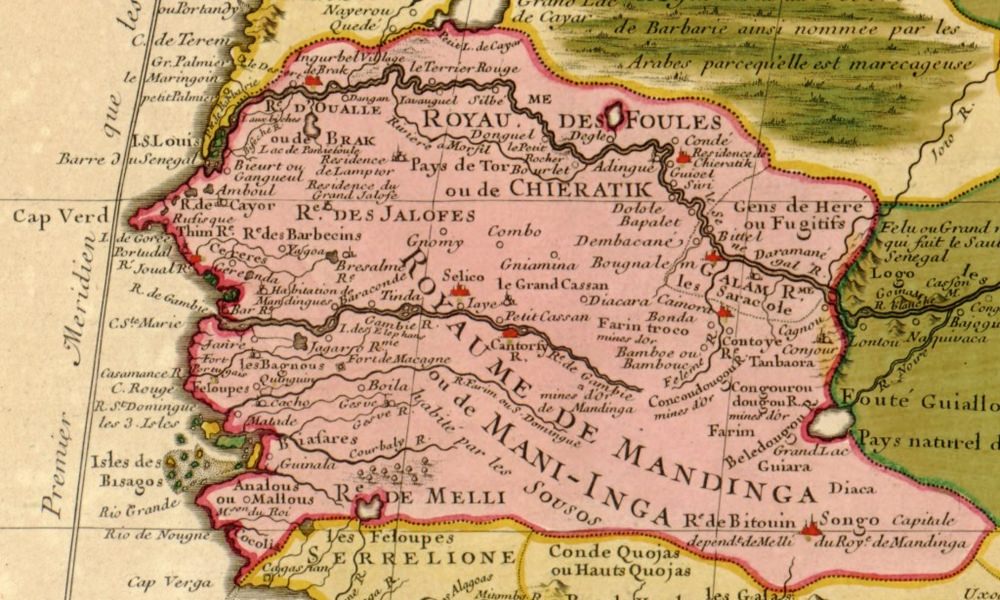
Map of Senegambia, 1707, by Guillaume Delisle
The history of Senegal is inextricably linked to the spread of Islam in this part of Africa. From the 8th to the 9th century, this religion was first spread peacefully by Arab-Berber trade with the Toucouleur ethnic group, who then spread Islam throughout the territory.
Then, in the 10th century, Islamization took place by force, through jihad. With the help of the Toucouleurs, the Almoravid Berber tribes forced the Fulani, Mandingo, Wolof and Serer ethnic groups to convert or leave the Tekrour and migrate.
For several centuries, Islam progressed steadily until the 19th century, when it spread to the various populations that make up present-day Senegal. The 19th century was a key period, marked by the fall of the various kingdoms and the gradual colonization of the territories. In this context, Islam, through the peaceful intervention of great marabouts such as Cheikh Malick Sy of the Tidjaniya brotherhood and Cheikh Ahmadou Bamba of the Mouride brotherhood, became a bulwark of social identity.
Cheikh Ahmadou Bamba |
Cheikh Malick Sy |
The first colonial trading posts were established in the 15th century, when Cadamostro (a Venetian navigator) discovered the territory (between 1454 and 1456) on behalf of the Kingdom of Portugal. The triangular trade with the Americas began. The Dutch, French and English also took part in the slave trade.
The 17th century saw the Compagnie Normande set up the first trading post at the mouth of the river, named Saint-Louis in homage to the Sun King. Several attempted invasions by the English followed. Mixed-race marriages gave rise to the “signares”, enriched by the dowries and parting gifts of the French, who became involved in a very specific business: the deportation of slaves.
Exchanged for horses, cloth and weapons, slaves were shipped in inhumane conditions, with mortality rates often reaching 60%. Aristocratic Africans and Africans of mixed race, eager to profit from the trade, also took part in the traffic. According to various estimates, a total of 10 million slaves were deported over 70 years. Gorée Island has preserved many traces of this period, and offers visitors its Maison des Esclaves.
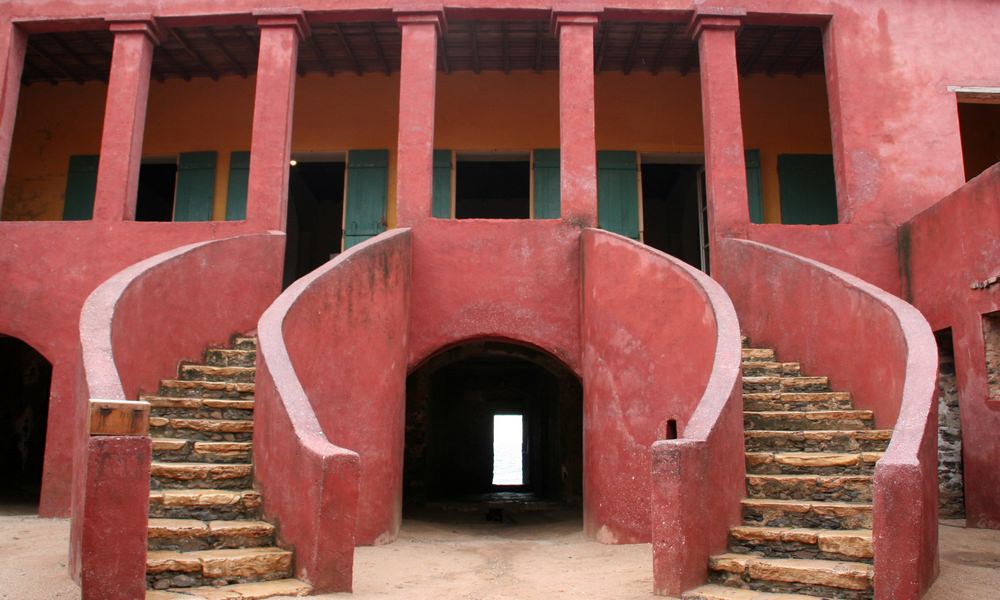
The Slave House (Maison des Esclaves) on Gorée Island
In 1817, France took Senegal back from the British. The government tried to establish an agricultural colony producing cotton and indigo, but the project failed due to the taxes and customs of Moorish tribes settled on one bank of the Senegal River.
Louis Faidherbe was sent as governor of the colony. He succeeded in eliminating these customs and rehabilitated several forts along the river (Dagana, Podor, etc.). But El Hadj Omar Tall got in the way. Khalife of the Tidjian brotherhood, he fought against the French colonial army until his death in 1864. Faidherbe then imposed the French protectorate on the river region and tried to build a railroad line linking Gorée to Saint-Louis to transport peanuts. He clashed with Lat Dior Diop, who died in a battle with Faidherbe’s troops in 1886. The British succeeded in retaining Gambia, and the Portuguese exchanged Casamance for land in Guinea-Bissau.
Under the Third Republic, the status of the four communes of Dakar, Saint-Louis, Gorée and Rufisque was strengthened, with inhabitants becoming French citizens rather than natives.
In 1885, the Berlin Conference was held, at which the major colonial powers shared Africa, including all inland territories. The same year saw the creation of Afrique Occidentale Française (A.O.F.). In 1902, Dakar became the capital of A.O.F. after the city of Saint-Louis.
In 1915, the first black man to become a member of parliament was Blaise Diagne. He defended racial equality. He was in charge of recruiting Senegalese riflemen, 30,000 of whom out of 133,000 returned home. Other riflemen were sent to the rescue during the Second World War. In 1946, the French National Assembly passed the Lamine Gueye law, which extended French citizenship to the natives of the French colonies. The same year, Félix Houphouët Boigny of Côte d’Ivoire obtained the abolition of forced labor in the colonies. The French Union replaced the French Empire, and the colonies became “overseas departments and territories”.
Independence movements in the French colonies gained momentum in the mid-20th century, and in January 1959 Senegal merged with French Sudan (now Mali) to form the Federation of Mali, which became independent on June 20, 1960, following the agreements signed with France on April 4, 1960 (the date chosen for Senegal’s independence).
Lat Dior Diop |
Louis Faidherbe |
Senegal left the Federation of Mali on August 20, 1960 and officially proclaimed its independence.
To date, the country has seen a succession of five Presidents of the Republic: Léopold Sédar Senghor, Abdou Diouf, Abdoulaye Wade, Macky Sall and today Bassirou Diomaye Faye.
In Africa, Senegal remains a model of stability and peaceful democratic transition, with remarkable respect for the freedom and independence of the media.
